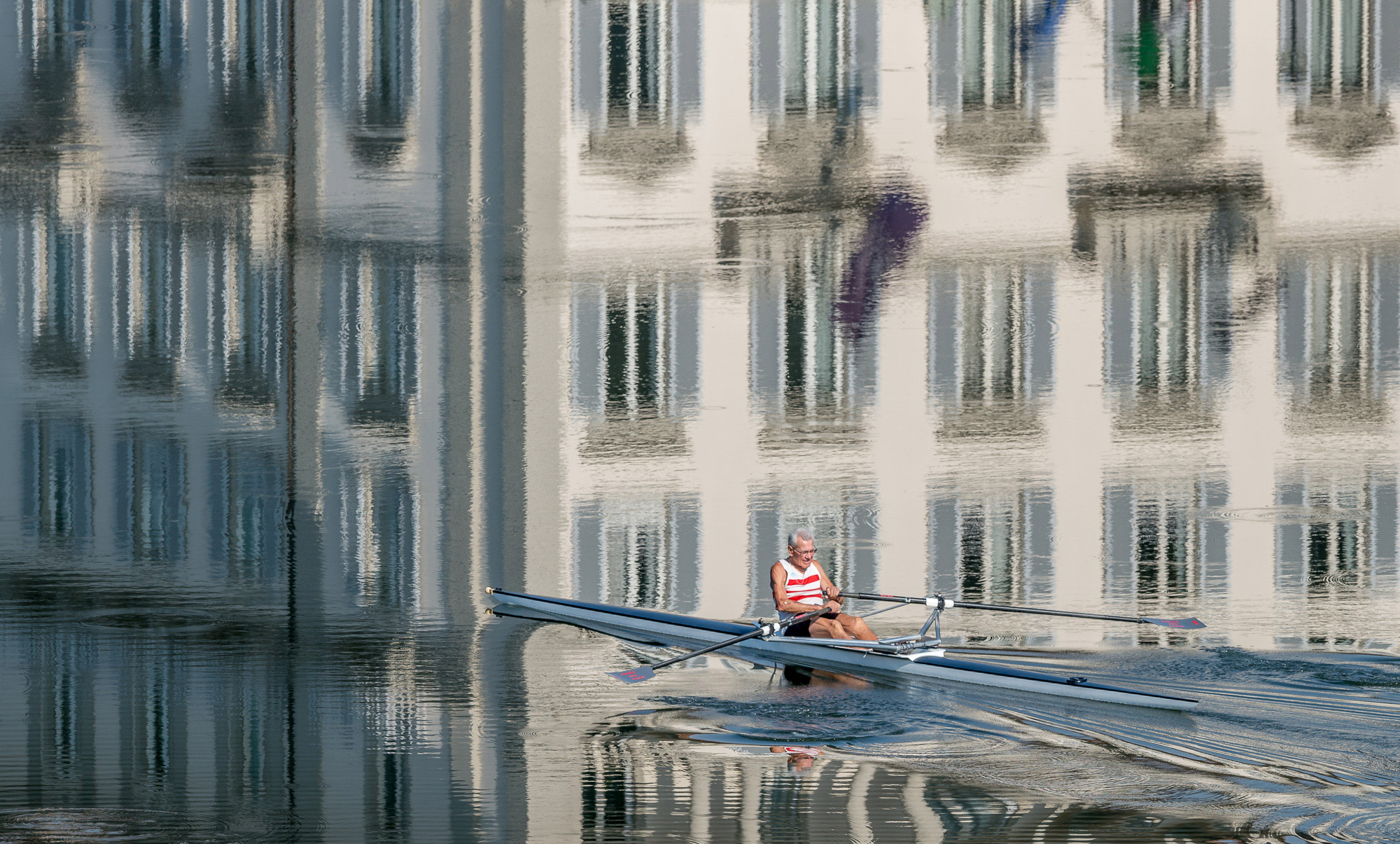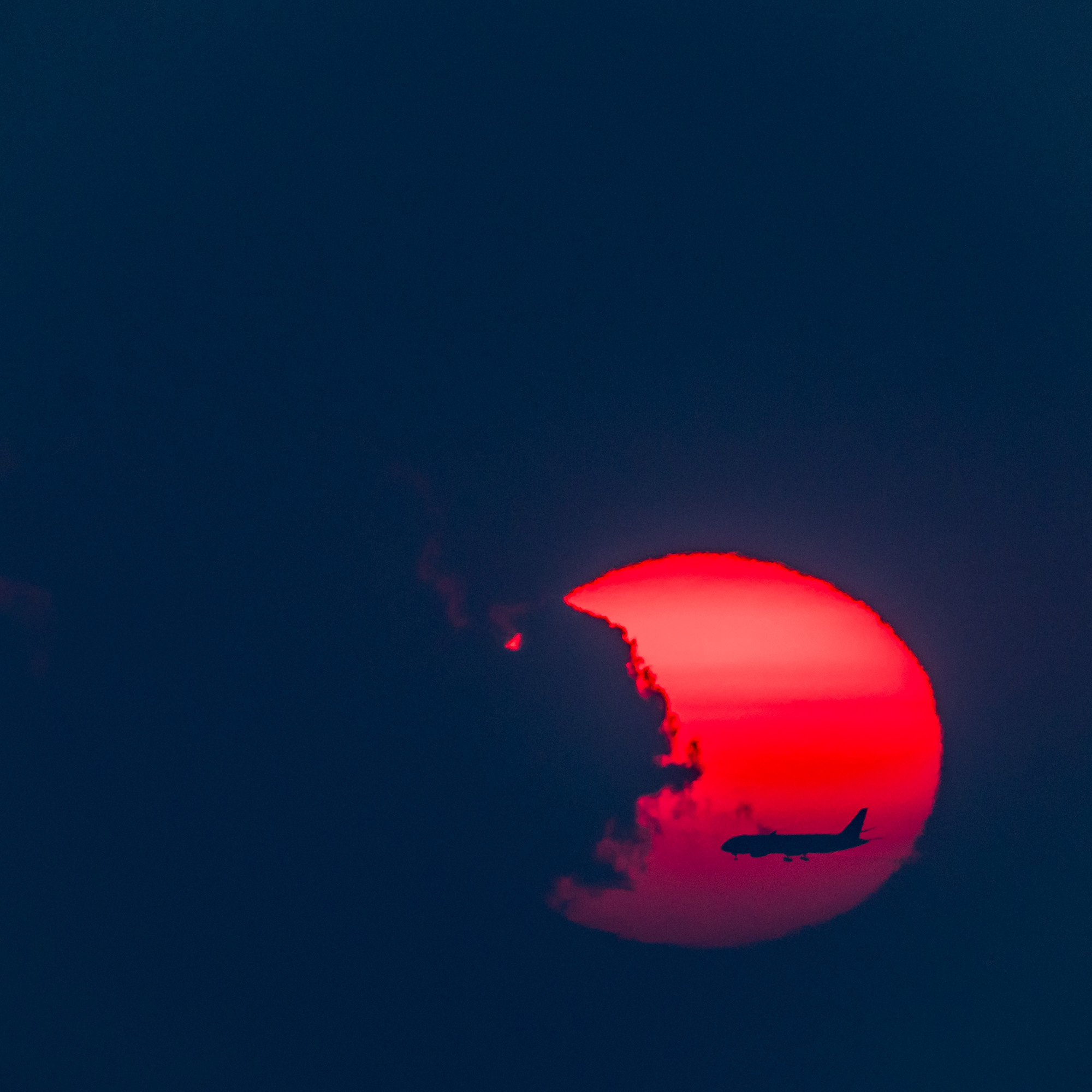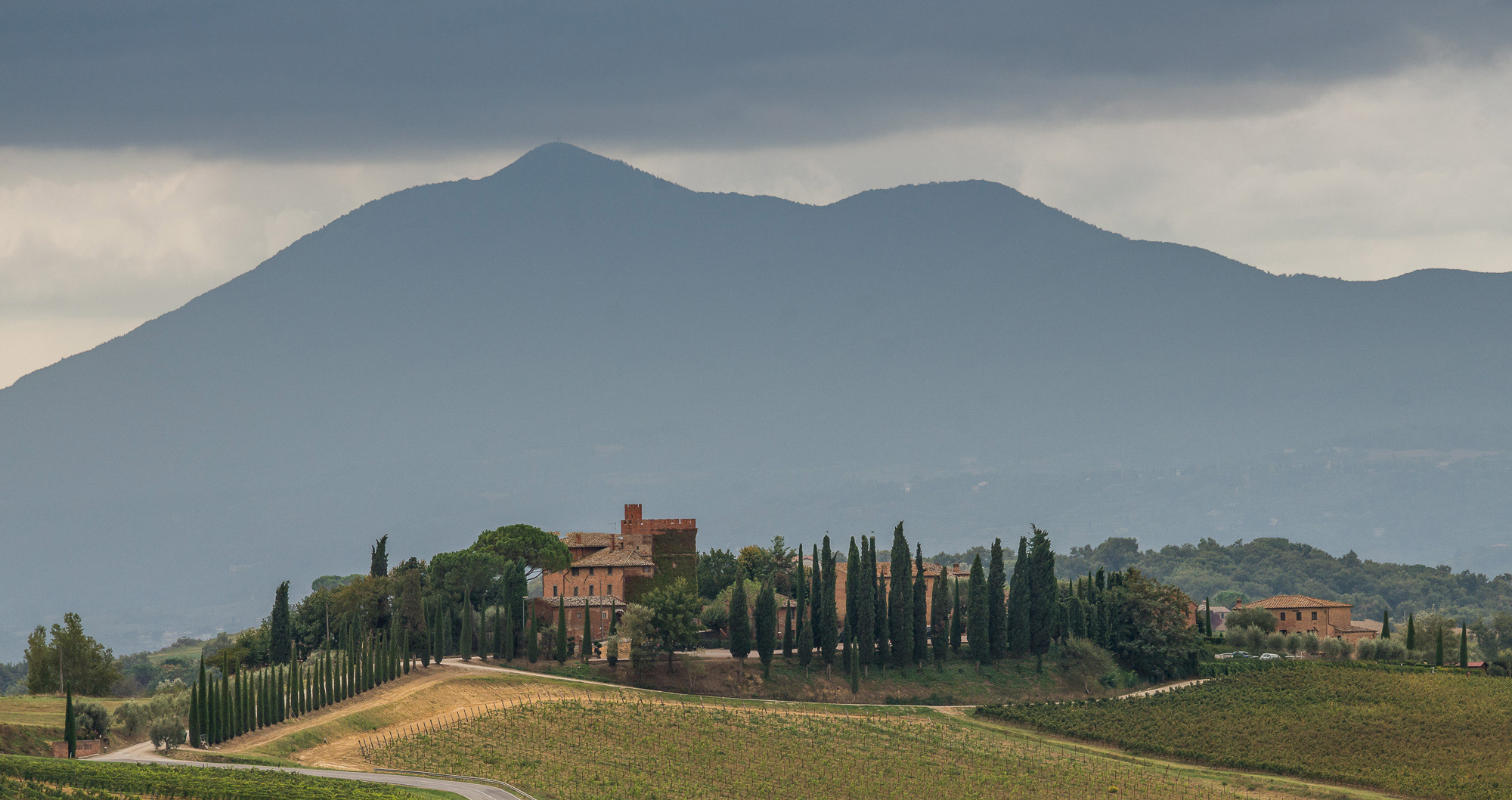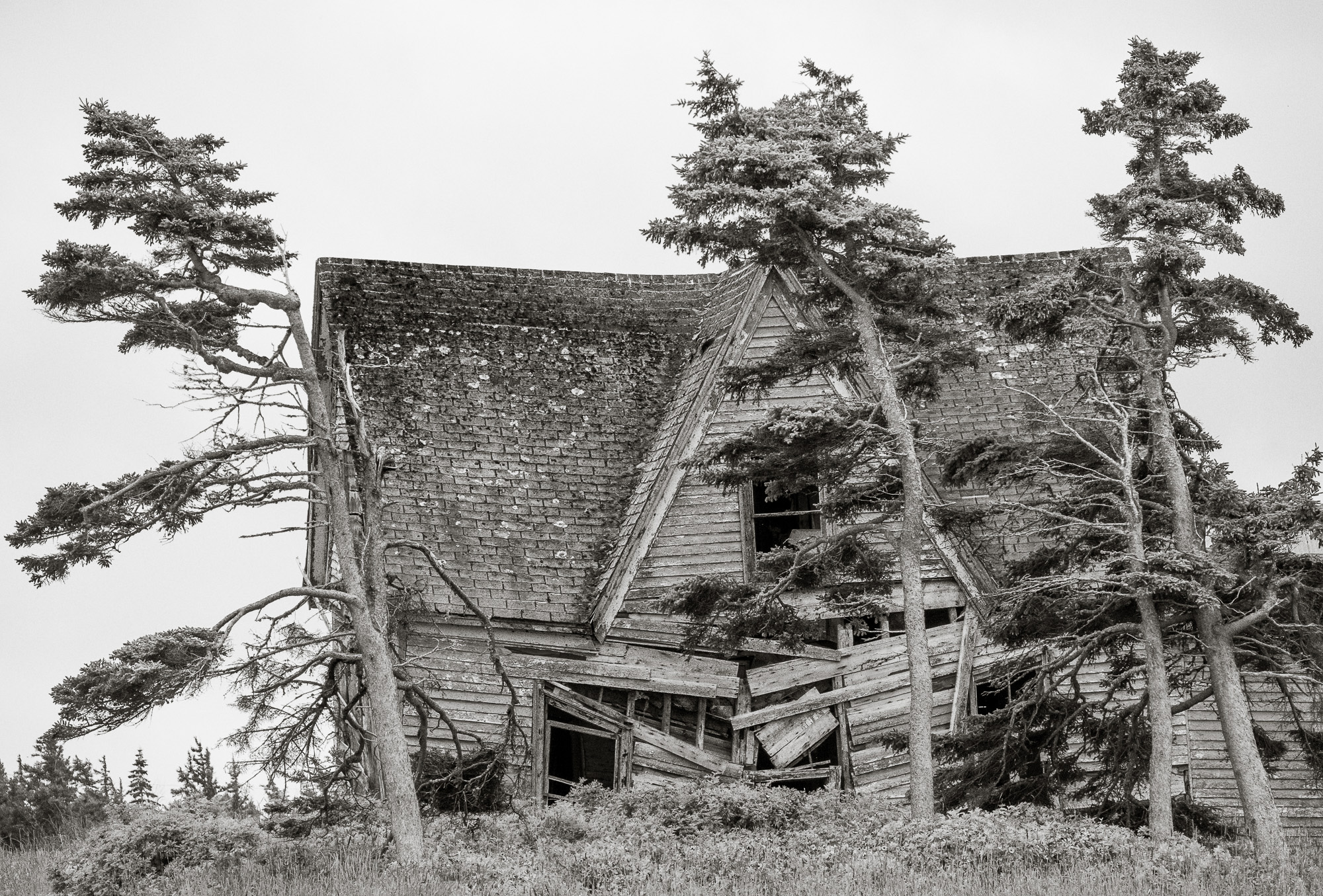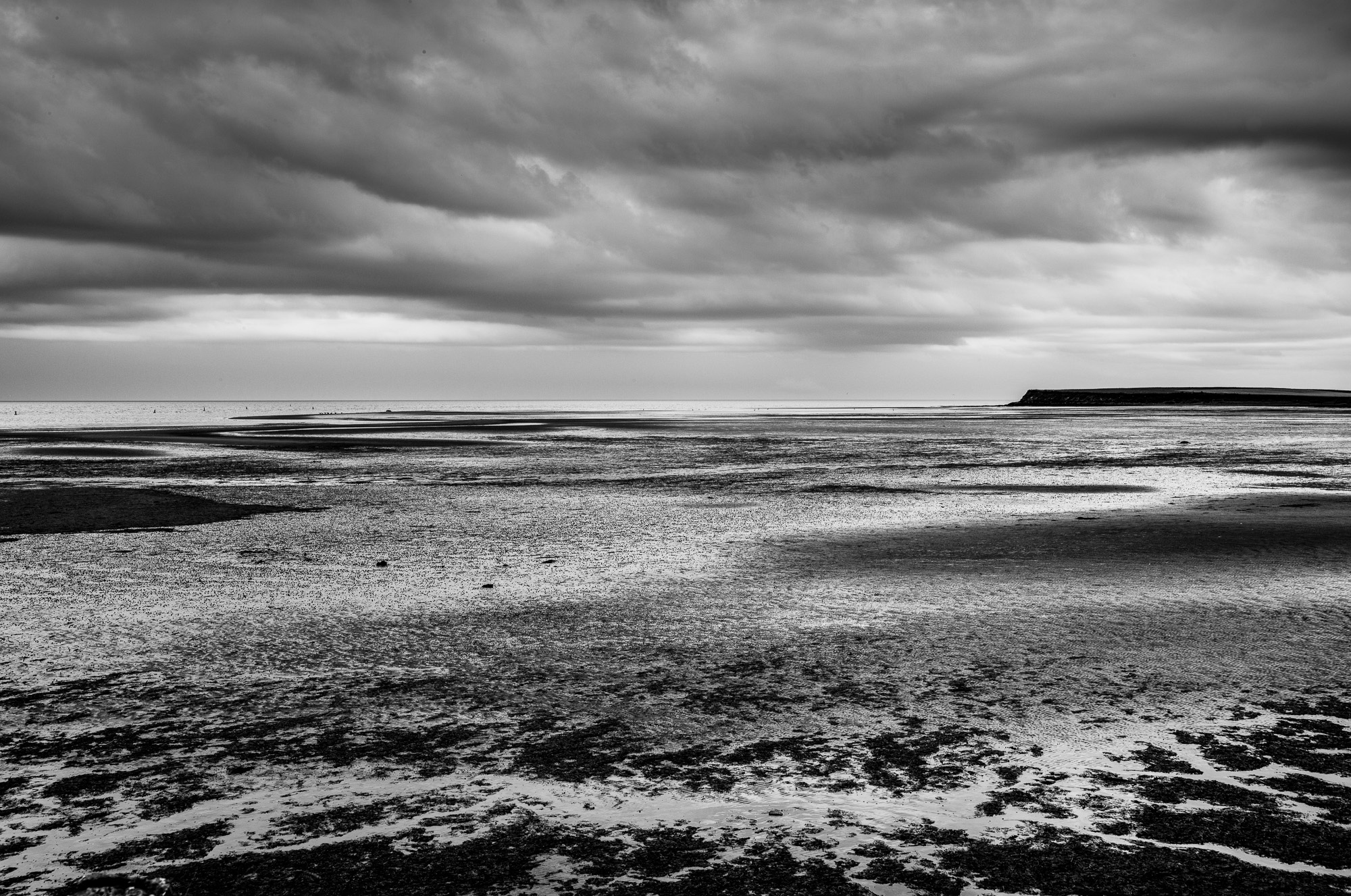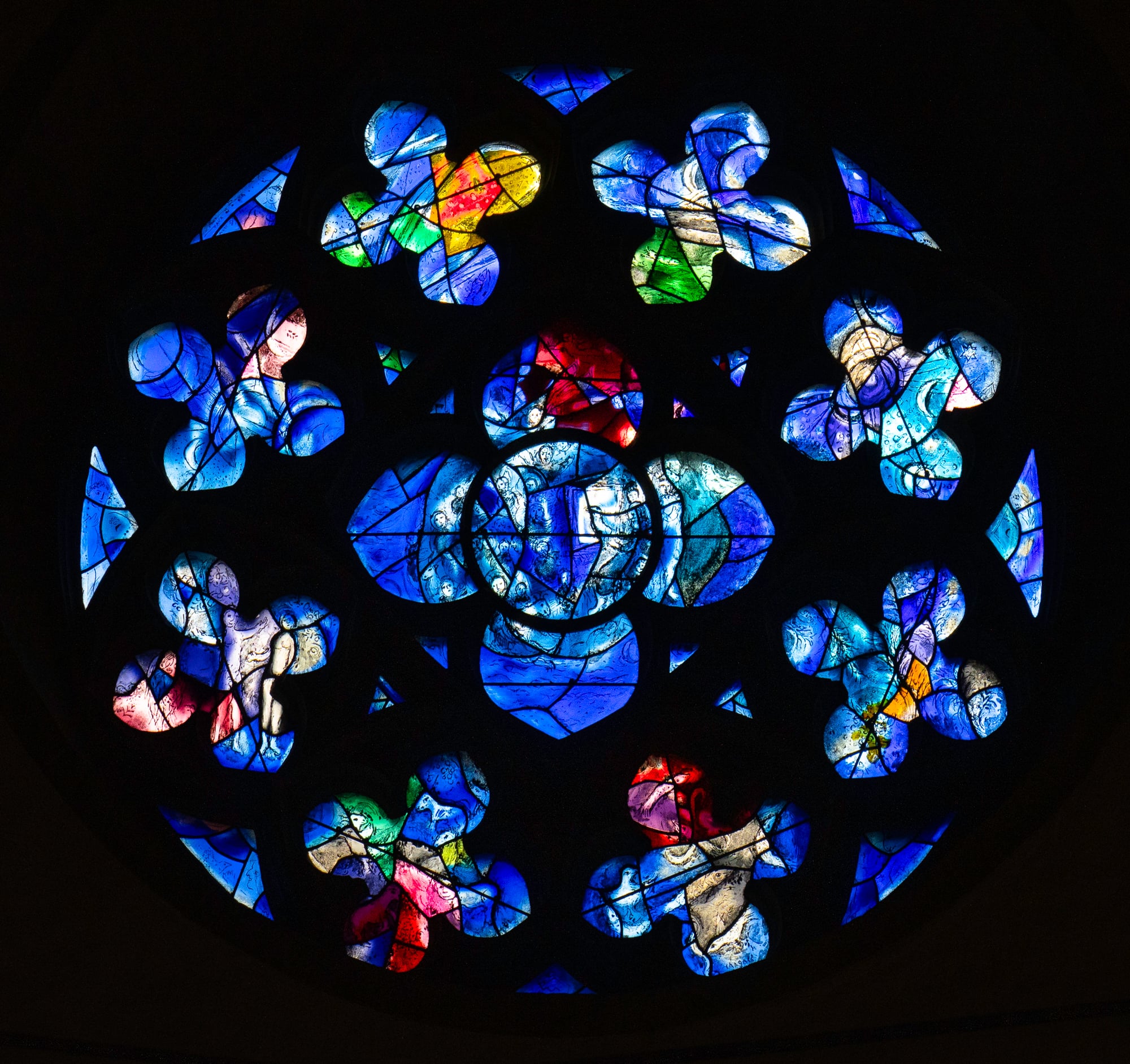By: Terry A. McDonald, luxBorealis.com
If you’ve ever played tennis or baseball, then you’ll know what a sweet spot is—the magical power centre of a racquet or bat between ‘best bounce’ and the ‘dead zone’. Finding that sweet spot can make the difference between repeated success or pain and frustration. So too with photography, but over the years, as technology has advanced, that sweet spot has changed with it, creating a new ideal point where image quality, system size and cost meet.
I’m not a working pro, but like many photo enthusiasts, I take my photography very seriously. A few years ago, unhappy with the status quo, I began a quest to find that photographic sweet spot. It was not a quest for perfection as much as finding a camera system that fulfils my demands of landscape, nature, birds & wildlife and travel photography—one that:
- produces raw files of high enough IQ for publication and fine art prints;
- can get wet, performs in extreme weather, and at ‘the edge of light’;
- has fast autofocus, excellent stabilization, sharp lenses, and high ISO detail;
- and won’t break the bank.
In all, a system that works with me, not against me.
But this defines a lot of systems out there. In fact, I could make a case for any of the systems I’ve used through my photography journey: 35mm film, 6×7, 4×5, 4/3, digital full frame, 1” sensor, even the camera that’s ‘always with us’—the ubiquitous phone camera. Each has performed extremely well for me in a variety of outdoor, indoor, and studio situations.
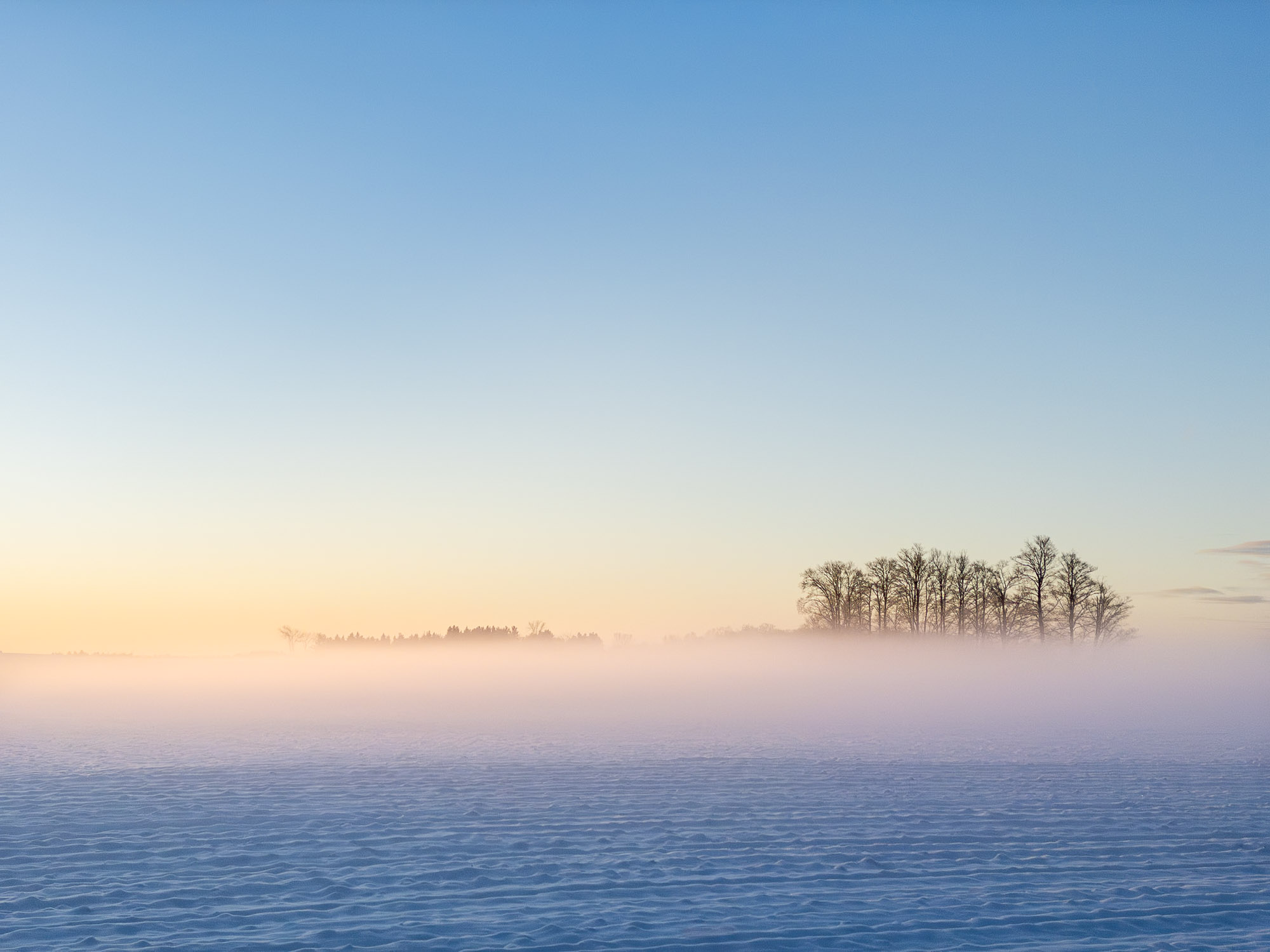

Navigating the trade-offs
Photography is and always has been one trade-off after another. Take landscape photography: a smaller aperture is needed for greater depth of field, but not too small to cause diffraction. Yet, a fast enough shutter speed is needed to stop the motion of foreground grasses or cattails. We’ve all been there, waiting patiently, perhaps for the light, but more often for the @#%$! wind to die down.
On the other hand, birds and wildlife demand long telephotos, tack sharp and well-stabilized, often heavy and costly. For both scenarios, we need a sensor large enough to capture, in low light, fine details in foliage, fur and feathers, but equipment that is not so large and heavy as to make it unwieldy. More trade-offs.
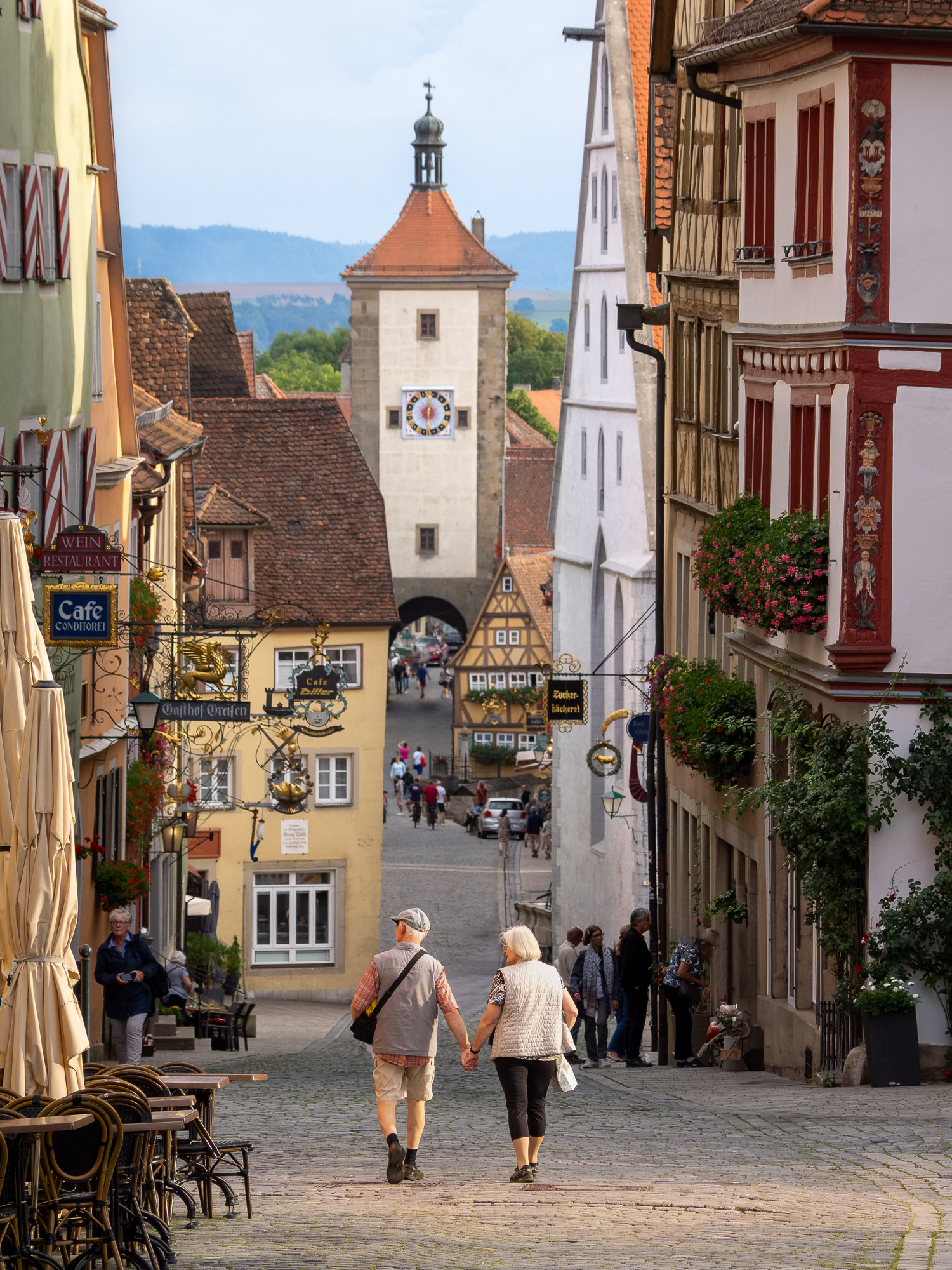

Travel, reportage and documentary photographers want a small, light, portable system with fast lenses, but they don’t want to give up image quality either. Can there possibly be a sweet spot to meet all these demands?
Yes, and surprisingly, it’s been out there all along, hiding in plain sight, gradually evolving, maturing and perfecting its specs. The problem has been that, like many in the field, I’ve had blinders on. Embarrassingly, I began my digital journey with the ideal system but, following the hype, I went down the path most travelled instead. All this time I’ve been looking in the wrong direction. It took a young, open-minded student of mine to get me to remove the blinders and re-consider my roots.
The proof is in the print
Before I get to that sweet spot, I want to share some photographs since, in the end, it’s the results that count. Here are three photographs from a recent trip to Tanzania. I’ve chosen them because each represents one or more limiting factors in photography: fine detail, low-light performance, and smoothness of tone. Other factors contributing to overall performance include ergonomics, weight, and speed or ease of use. However, the costs and benefits of these can only be judged through hands-on experience with the equipment.
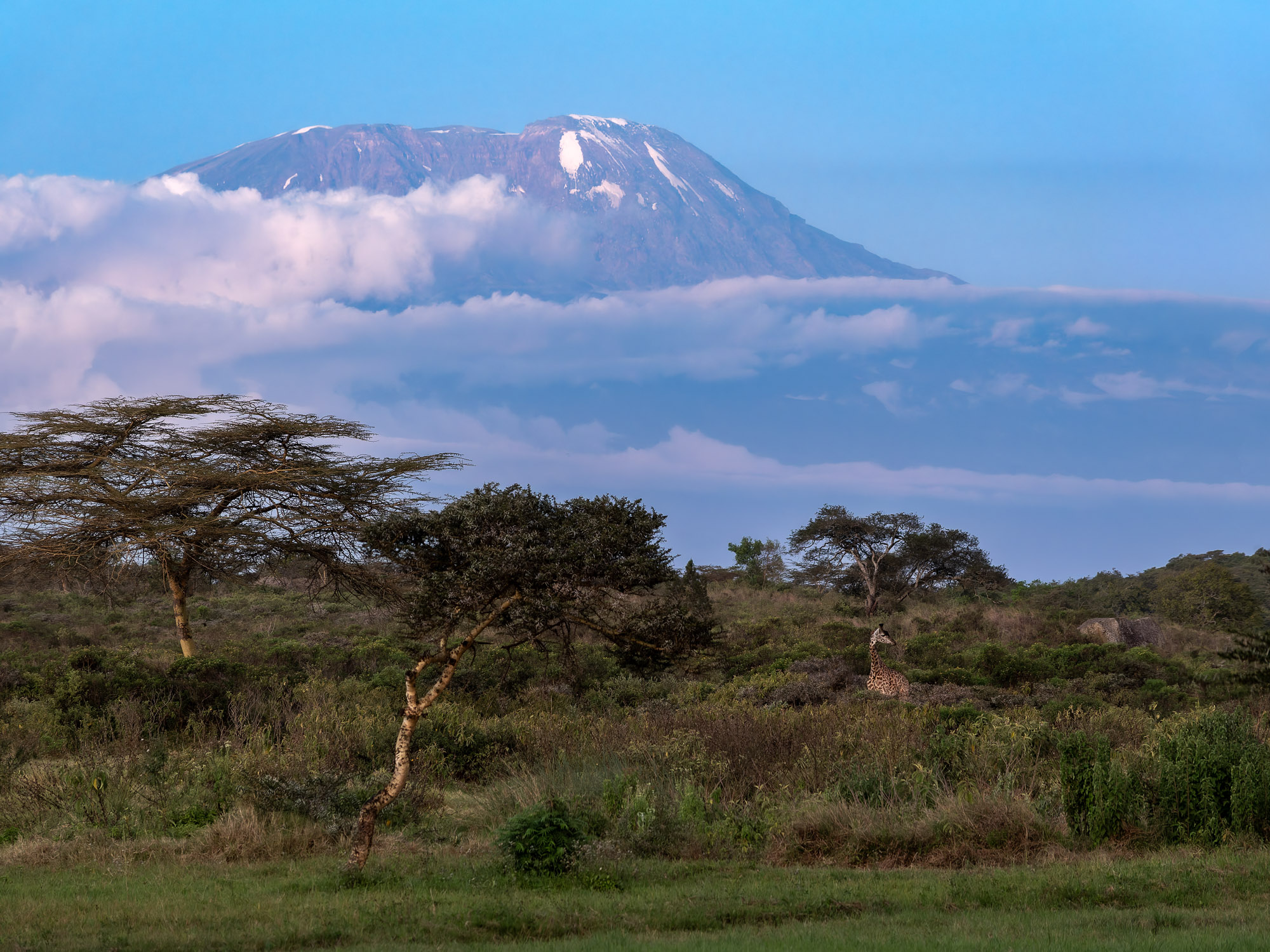

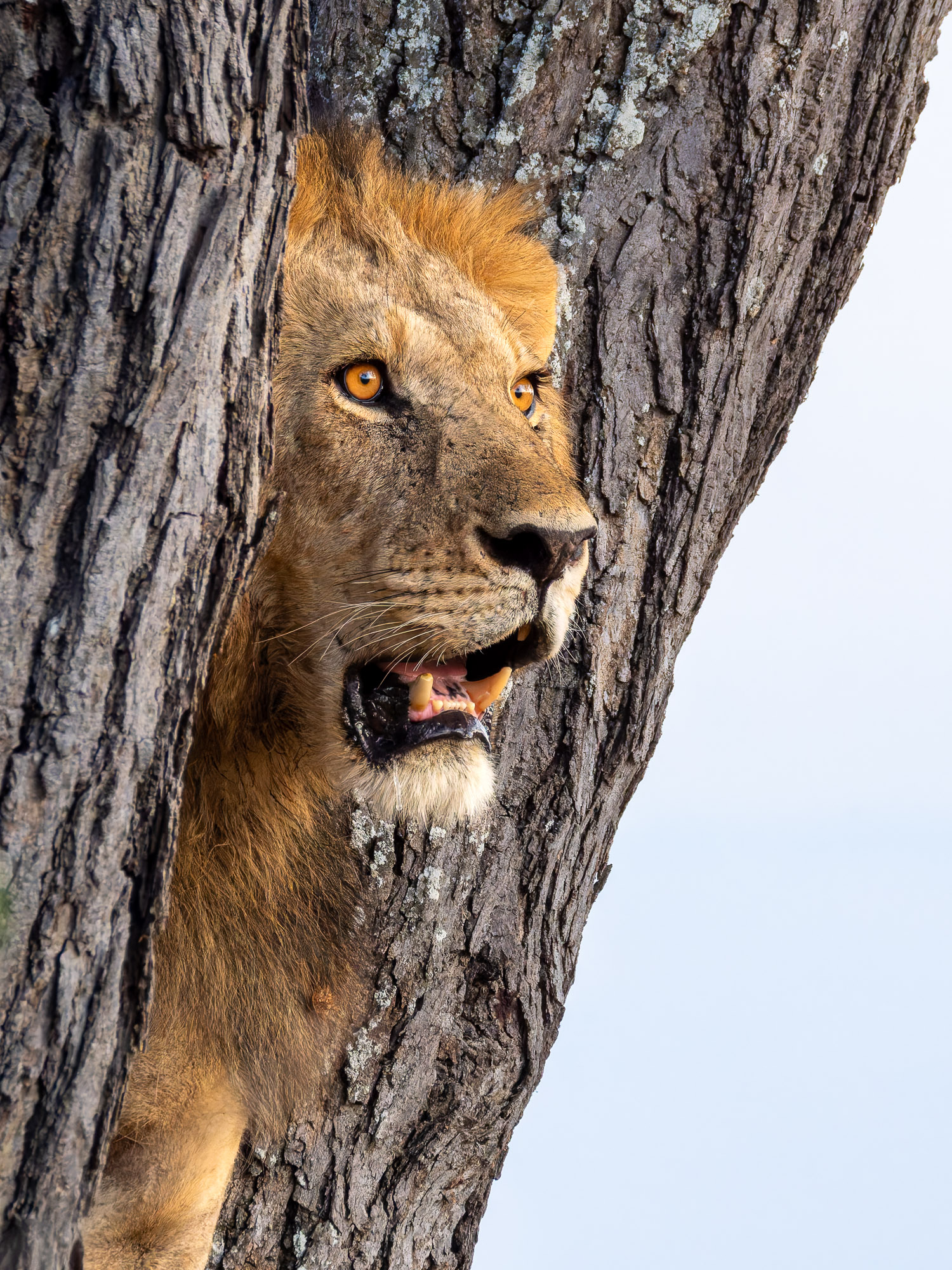

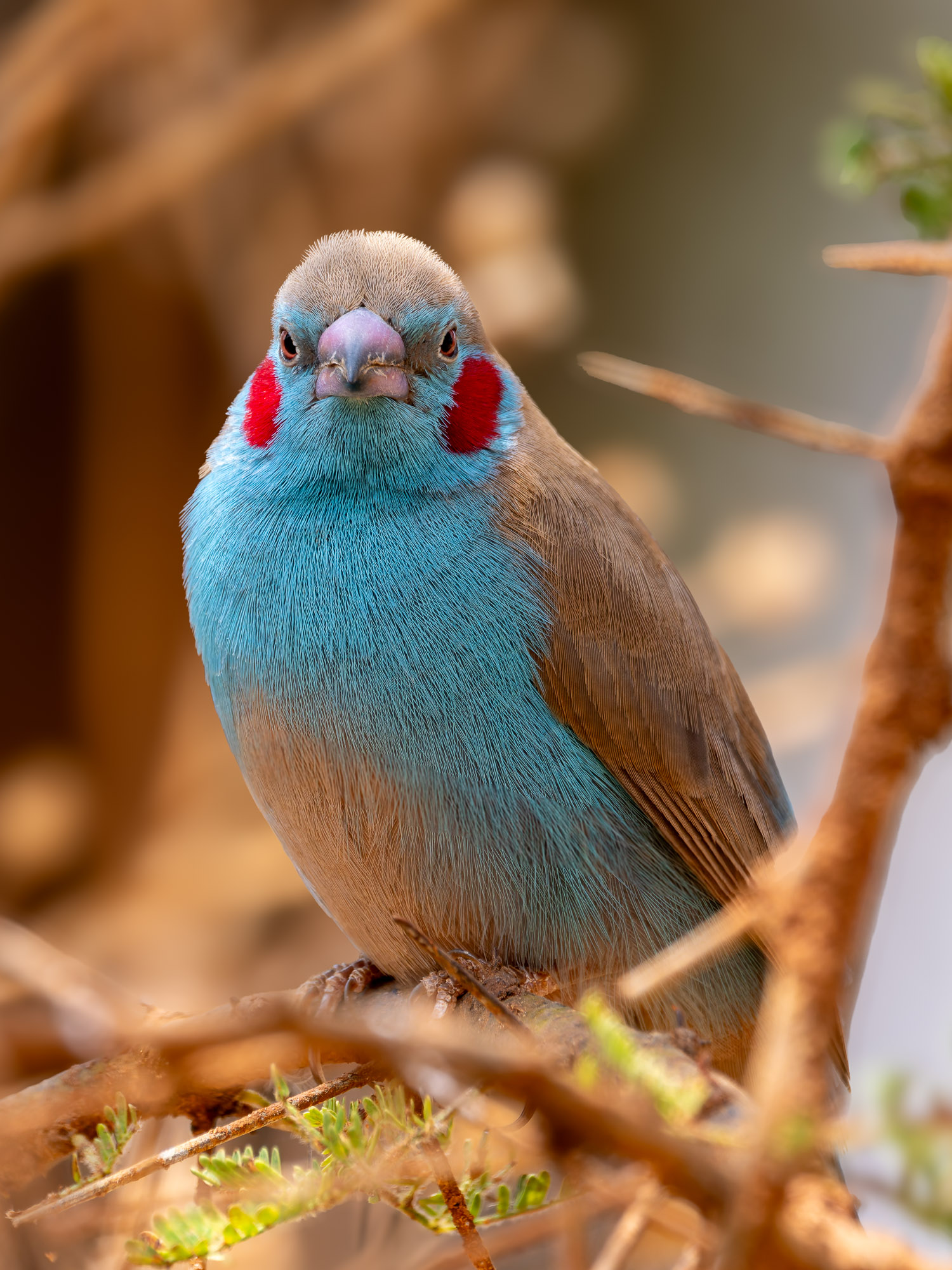

Note: All three photographs were made handheld, a testament to modern IBIS
STAY TUNED FOR PART 2….
Read this story and all the best stories on The Luminous Landscape
The author has made this story available to Luminous Landscape members only. Upgrade to get instant access to this story and other benefits available only to members.
Why choose us?
Luminous-Landscape is a membership site. Our website contains over 5300 articles on almost every topic, camera, lens and printer you can imagine. Our membership model is simple, just $2 a month ($24.00 USD a year). This $24 gains you access to a wealth of information including all our past and future video tutorials on such topics as Lightroom, Capture One, Printing, file management and dozens of interviews and travel videos.
- New Articles every few days
- All original content found nowhere else on the web
- No Pop Up Google Sense ads – Our advertisers are photo related
- Download/stream video to any device
- NEW videos monthly
- Top well-known photographer contributors
- Posts from industry leaders
- Speciality Photography Workshops
- Mobile device scalable
- Exclusive video interviews
- Special vendor offers for members
- Hands On Product reviews
- FREE – User Forum. One of the most read user forums on the internet
- Access to our community Buy and Sell pages; for members only.






